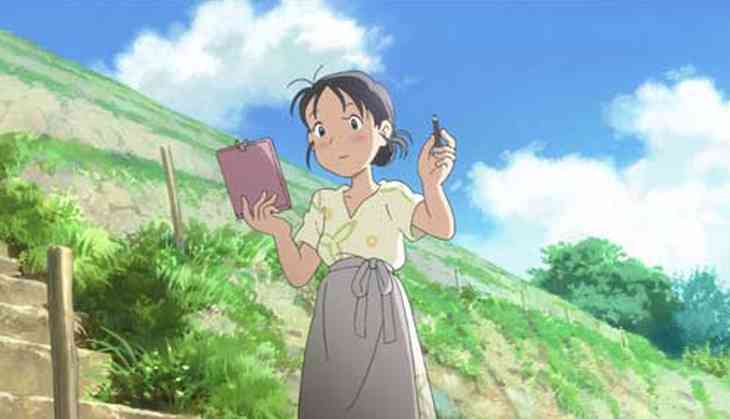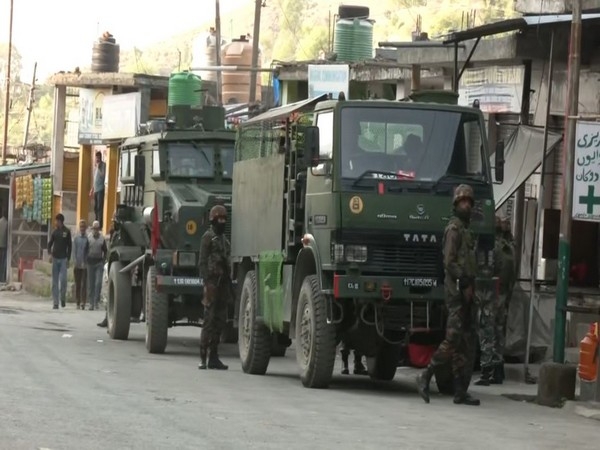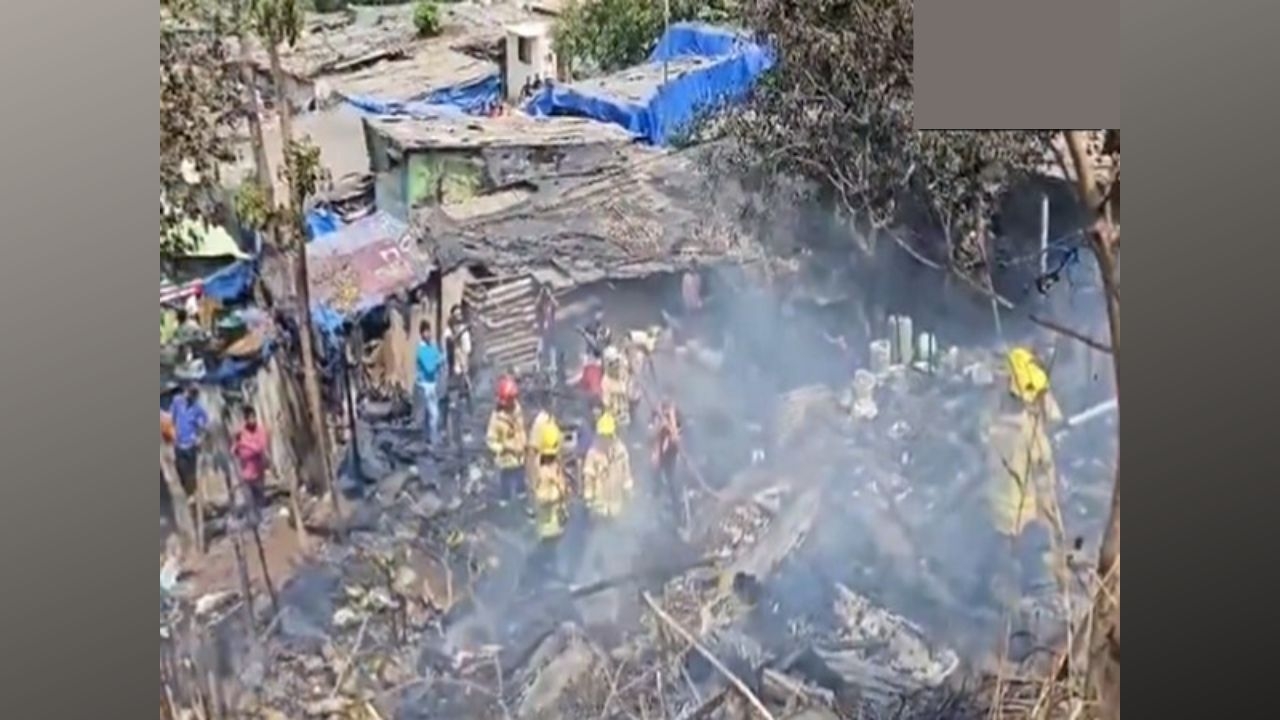In This Corner of the World: a Japanese film caught between past and present

In This Corner of the World – Kono sekai no katasumi ni (2016) – is a film caught between worlds. It is caught between the desire to represent a troubled period in Japanese history using traditional animation techniques, and the difficulties in finding funding for “independent” anime that requires innovative uses of social media technologies.
Sunao Katabuchi’s anime film, released in the UK on June 28, is an adaptation of Fumiyo Kouno’s historical manga. It has become famed as much for its rich attention to historical detail as for its record-breaking crowdfunding in Japan. The unusual historical subject matter – Hiroshima during World War II – is part of the reason for the crowdfunding of In This Corner of the World, which eschews anime’s usual genres in favour of a female-centred story set against the increasing privations of war.
However, coverage seems to suggest that the film was funded solely through crowdfunding. This was not the case. Instead, this money was used by Katabuchi and his collaborators at the MAPPA studio to create a pilot film that could be used to gain support from more traditional film funding sources. The film eventually had a budget of over US$2.5m.
The association between In This Corner of the World and technological innovation is surprisingly at odds with Katabuchi’s use of traditional anime production techniques. It is a slice-of-life film about a woman named Suzu. The film takes us from Suzu’s girlhood as an aspiring artist to her life as a mother and wife in wartime Japan.
It focuses on her life in Kure, a port town in Hiroshima, adjacent to the site where the atomic bomb was dropped on August 6, 1945. The film focuses on the everyday aspects of Suzu’s life, and as the war increasingly intrudes into her world, Suzu uses her artistic talents to provide herself (and the audience) with moments of fantasy and escape from those harsh realities.
Anime’s 2.5-dimensional worlds
To represent this world, Katabuchi chose to use some old-fashioned anime techniques. Anime has a long association with traditional 2D cel animation. In particular, anime is often similar to the kinds of stylised animation made by companies like Hannah-Barbera in the US. This style of animation is usually called “reduced” or limited animation and these techniques produce the highly stylised and stylish worlds familiar to anime fans.

Typically, anime features simplified characters moving in front of static background drawings. One of the unique aspects of anime is that these backgrounds are often highly detailed (frequently recreating real-world places). This has become a hallmark of anime art, seen everywhere from the dense cityscapes of Akira (Katsuhiro Ōtomo, 1988) to the lush forests and landscapes of Studio Ghibli’s films.
By layering cels depicting movements on top of these painted backgrounds, anime imagery is given depth and, often, greater realism. However, digital production has irrevocably changed this process. Anime production is increasingly done on computers, which can more seamlessly integrate foreground and background images, producing what is known as 2.5D anime.
Recreating long-lost Hiroshima
Katabuchi, however, decided to retain traditional background art for In This Corner of the World. Using watercolours on paper, his team went to extremes to produce detailed, historically accurate background art. They painstakingly researched pre-atomic bomb Hiroshima as part of this process. Their project became, in part, one of historical recovery, because the atomic bomb destroyed much of what they wanted to depict.

Their access to photographs from the time only solved part of the problem, leaving gaps in their drawings of Hiroshima. To solve this problem, Katabuchi copied photographs and then he and his team did interviews with local people who had lived in the Hiroshima as children, before the bombing. Showing the local people their initial watercolours, they used their testimonies to recreate long-lost buildings and streets, reproducing memories of the Hiroshima that was obliterated when the atomic bomb fell.
As a result, In This Corner of the World is a new member of a long-standing tradition of filmmaking in Japan known as hibakusha (atomic bomb survivor) cinema. Anime has been an important part of this genre, perhaps most famously seen in the harrowing recreations of the bombing featured in Barefoot Gen (Hadashi no Gen, 1983).
However, the fact that MAPPA had to use new social media to support and promote this film suggests a strength of public support for hibabuksha cinema, with the public directly donating to its creation. This is still unusual in Japan, and particularly in anime. On the other hand, MAPPA and Katabuchi are both well known in anime circles. Their presence was part of what encouraged the public to donate to MAPPA’s campaign. The use of Makuake, the crowdfunder, to help finance the film therefore reveals new ways for anime creators to generate support to tell stories that are located outside anime’s usual genres, but these systems still rely on the star power of anime directors.
![]() By carefully balancing history and innovation, traditional and new kinds of anime production, Katabuchi and MAPPA have been able to produce a new kind of hybrid film. In This Corner of the World shows how anime can be used to reproduce and preserve the past in the midst of a fast-changing animation industry.
By carefully balancing history and innovation, traditional and new kinds of anime production, Katabuchi and MAPPA have been able to produce a new kind of hybrid film. In This Corner of the World shows how anime can be used to reproduce and preserve the past in the midst of a fast-changing animation industry.
Rayna Denison, Senior lecture of Art, Media and American Studies, University of East Anglia
This article was originally published on The Conversation. Read the original article.
First published: 26 June 2017, 12:29 IST





![BJP's Kapil Mishra recreates Shankar Mahadevan’s ‘Breathless’ song to highlight Delhi pollution [WATCH] BJP's Kapil Mishra recreates Shankar Mahadevan’s ‘Breathless’ song to highlight Delhi pollution [WATCH]](http://images.catchnews.com/upload/2022/11/03/kapil-mishra_240884_300x172.png)

![Anupam Kher shares pictures of his toned body on 67th birthday [MUST SEE] Anupam Kher shares pictures of his toned body on 67th birthday [MUST SEE]](http://images.catchnews.com/upload/2022/03/07/Anupam_kher_231145_300x172.jpg)






